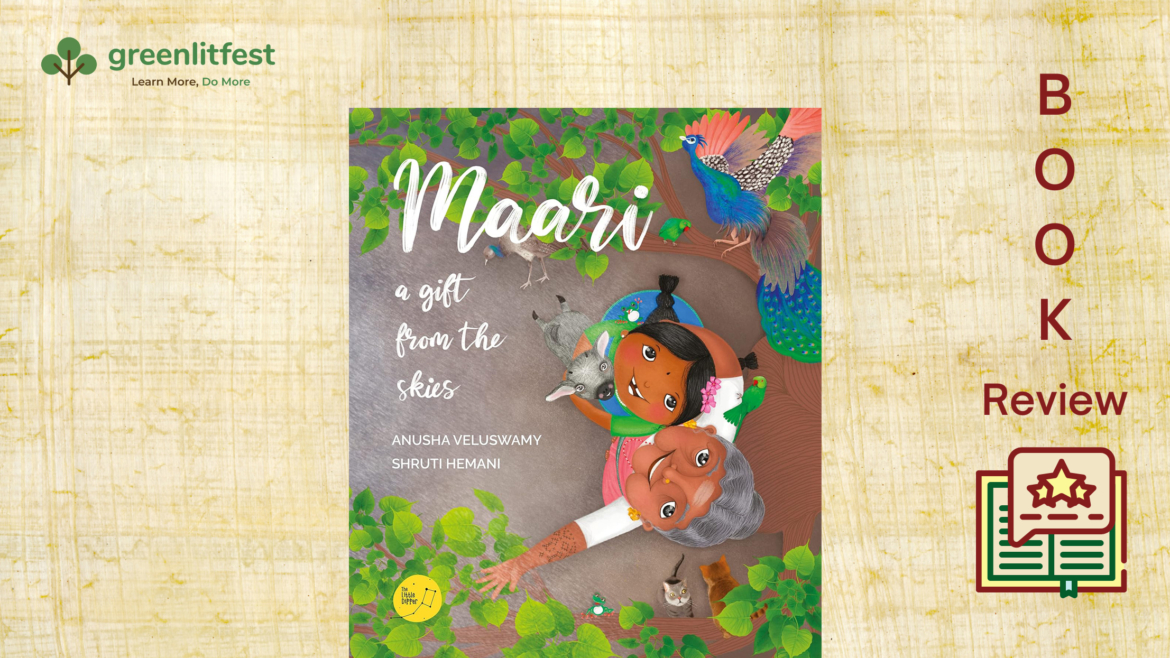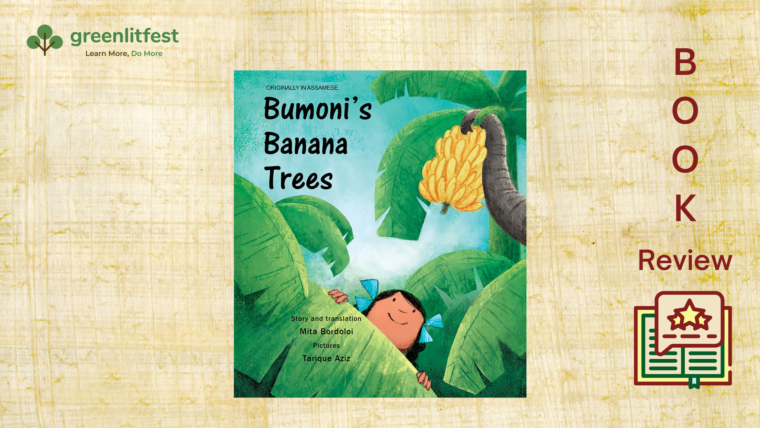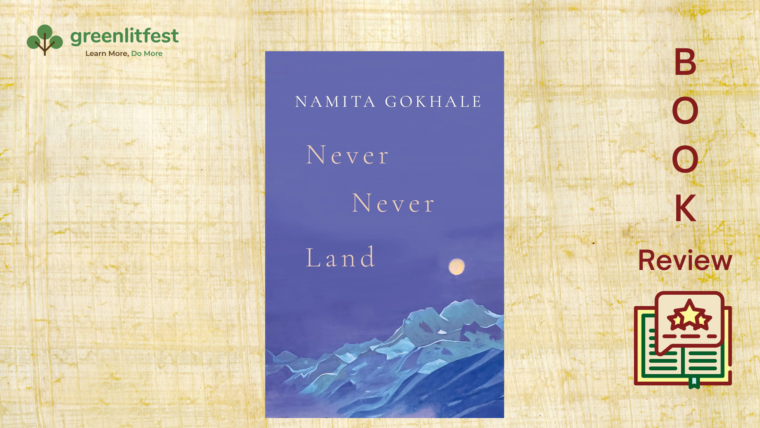“Kanmani watched her village from the hill. The lands stood dry and bare, broken even. The skies stared back in defence as the sun growled.”
These are the opening lines of Maari, a story about a village in Tamil Nadu dealing with severe drought and finding solace through culture. The young protagonist, Kanmani, is worried as she sees people leaving the village due to scorching heat and lack of rains. What seems like a narrative on climate change and its effects on rural India, takes a turn when Kanmani hears that the village is gathering for a celebration!
Appatha (a Tamil term for grandmother) tells Kanmani that everyone is getting ready to appease Mother Nature. The narrative then goes on to introduce readers to Karakattam, a folk dance in Tamil Nadu, through a depiction of the village gathering together for the ritual performed in praise of the rain goddess Mariamman. Miraculously enough, it is blessed with a thunderstorm the very next day.
Maari by Anusha Veluswamy and Shruti Hemani is an earnest attempt to showcase culture, a South Indian rural life and specifically, the tradition of this folk dance. All while addressing a community’s ties with nature and their beliefs around it. It reminded me of the blockbuster Kannada movie Kantara, which does a fabulous job of tying together elements of village life, community, culture and nature with Bhoota Kola, another folk dance.
Anusha Veluswamy’s writing is vivid and descriptive. The liberal use of local words, such as Parai (a percussion instrument), Kutti (a term for baby or little) and Appatha gives it an authentic touch of culture. The glossary at the end, which explains the words aided by illustrations is a wonderful touch.
Shruti Hemani’s illustrations are vibrant and full of life. I love the way she has portrayed characters, especially the faces of Kanmani, Appatha, and the baby goat, Kutti. My favourite spreads would have to be the one where the villagers perform Karakattam and one in the end with all the main characters looking up at the sky.
However, despite its good intentions, the story feels like it’s trying to do too much. It begins as a narrative about climate change in a village, but shifts suddenly to one on Karakattam. Even though the ritual is linked with nature, the shift feels abrupt and takes away depth from the narrative. The ending, which is possibly intended to leave readers with a sense of hope, appears to unintentionally convey that superstition is an answer to a situation as grave as global warming. Perhaps, the narrative would have worked better if it focused entirely on Karakattam and a rural community’s ties with nature through this ritual.
Although the story falls short in its attempt to weave culture into a subject as vast as climate change, the stunning illustrations and the use of local words make this an evocative picture book that can be used to introduce young readers to ideas of diversity and culture.
Sangeetha Menon a.k.a. ‘The Moody Marshmallow’ is a writer, editor and podcaster. She works in children’s publishing.



